Wrapping a Porsche Panamera with Polyurethane Film
Today, we’re once again discussing the importance of wrapping your car in protective film. Our focus is on a luxury sedan, something between a BMW M5 and a Mercedes S-Class. Such a vehicle should never be left unprotected, or its pristine glossy finish will soon deteriorate. The decision was made to fully wrap the Porsche in polyurethane film. This is the most effective way to protect the paintwork from most mechanical and chemical damage during the car’s operation.
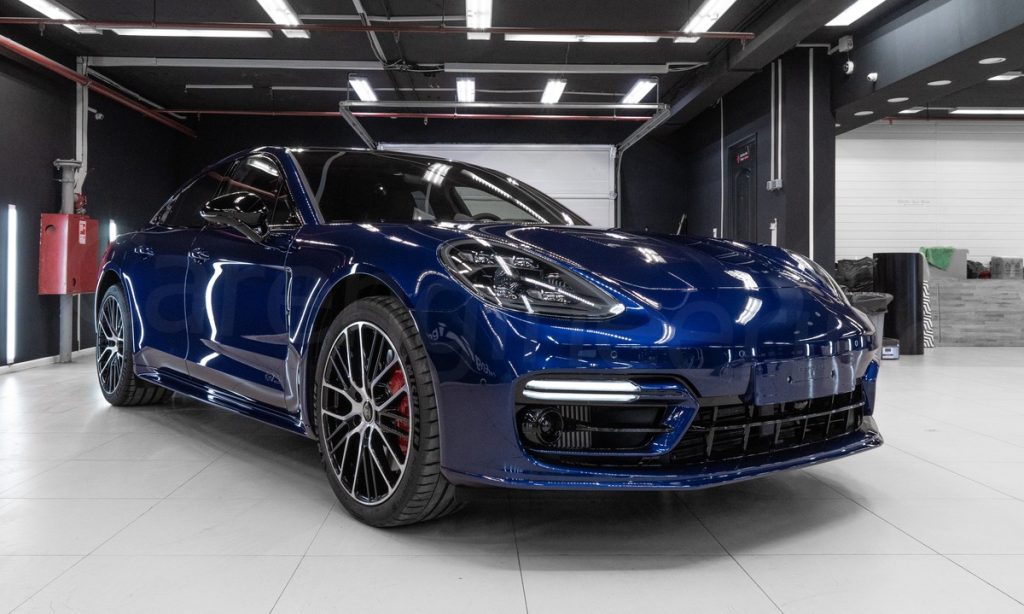
In this article, we will delve deeper into the properties of polyurethane, explore the process of wrapping a Porsche Panamera in film, and address frequently asked questions about the material.
Polyurethane Film: A Reliable Option for Long-Term Protection of Your Porsche’s Bodywork
When considering how to protect your car’s body from external damage, polyurethane film is undoubtedly the best choice. This elastic and durable coating is unmatched by any other type of automotive protection.
Key Characteristics of Polyurethane:
- Film Thickness: 150-210 microns.
- Protection Level: Gravel, sand, tree branches, bird droppings, road chemicals, tree sap, insects, improper washing, hail, snow.
- UV Resistance: Allows 100% of sunlight to pass through to the car’s body, preventing the film from fading over time.
- Temperature Resistance: Withstands high and low temperatures as well as sudden changes. For example, when driving from a cold street into a warm room, the film retains its properties and doesn’t deform.
- Service Life: 5-10 years.
Another notable feature of polyurethane film is its self-healing capability.
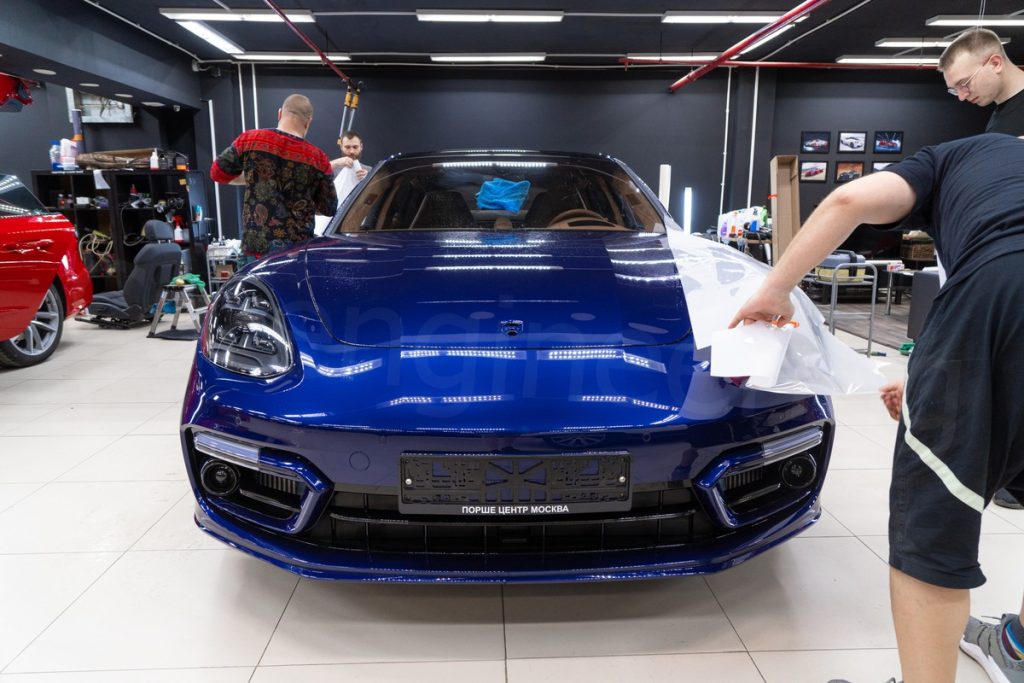
Self-Healing: The film heats up in the sun, causing surface scratches to smooth out on their own. This restores the coating to its original appearance.
The polyurethane film on the Porsche Panamera is flexible and elastic, resembling rubber. This is what gives it its self-healing properties.
It’s worth noting that only polyurethane has this ability, further confirming its effectiveness in protecting vehicles.
Throughout its service life, the polyurethane film will remain securely attached to the body and retain its protective properties. If the film is left on for even a year longer than recommended, removing it could become problematic. The film may tear off in pieces, leaving adhesive residue on the body. Therefore, we recommend removing the film on time.
To wrap the body of the Porsche Panamera, we selected Llumar polyurethane film. This film, made by an American manufacturer, is a leader among anti-gravel coatings. Llumar films have increased thickness—up to 215 microns. Such characteristics protect the car from scratches, chips, scuffs, stone impacts, and other serious damage. The manufacturer offers a 10-year warranty on the coating, ensuring that the film will reliably protect the vehicle from external influences during this period.
The Process of Wrapping the Porsche Panamera in Film
Since the client opted for a full wrap, the film will be applied to all body panels. At CarEngineering, we also offer partial car wrapping, where the film is applied to the bumper, hood, fenders, headlights, windshield pillars, mirror covers, and a strip on the roof. The area under the door handles is covered as a complimentary service.

Regardless of which option you choose, the film application process follows the same steps.
First, the car is prepared for wrapping. Our goal is to protect the vehicle and make the film completely invisible on the body. Therefore, the car is thoroughly cleaned of dirt, dust, and grease, not just on the surface but also on the hidden parts of the body. This is a crucial stage, as the final result directly depends on it. Any dirt left on the car will be visible under the film.
The body is also inspected for chips, scratches, and corrosion. These issues must be addressed before wrapping because defects would be noticeable under the film.
The preparation phase also includes the removal of necessary parts. Depending on the selected service package, various body parts may be removed: bumpers, mirrors, door handles, moldings, etc. The specialists at CarEngineering are familiar with the design features of premium cars and carry out disassembly work without harming the vehicle. Necessary parts are carefully removed, wrapped with protective film, and then reinstalled in the same way. Bolts are tightened in the exact position they were in before disassembly. There’s no need to worry about the car being taken apart. First, the work is done by professionals with extensive experience, and second, the manufacturer originally designed the car with the possibility of removing any part for repair or replacement.
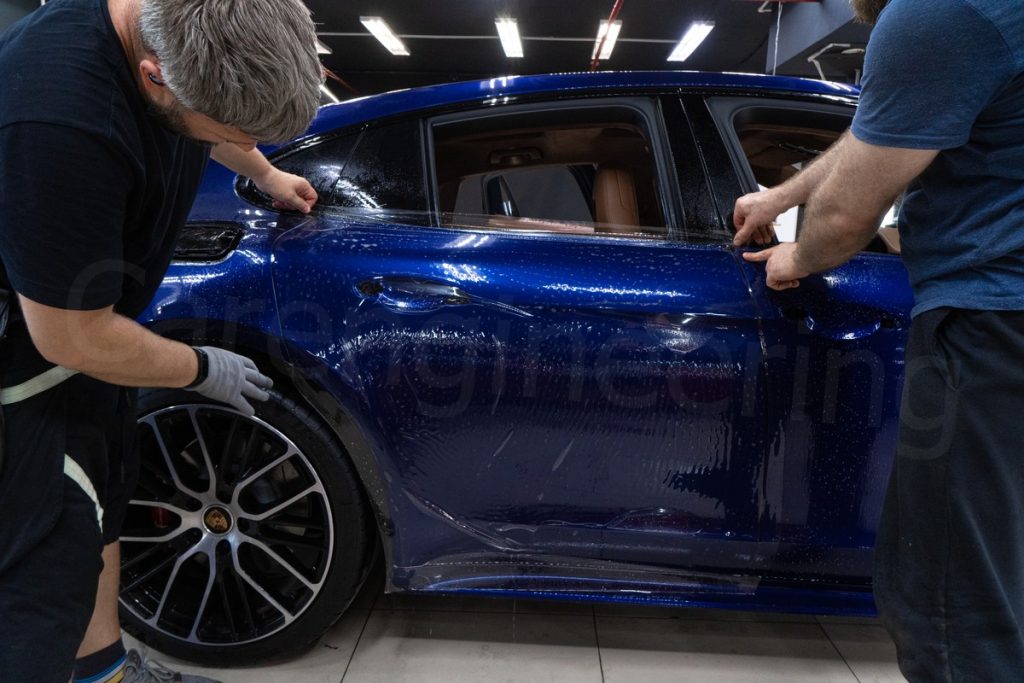
After preparation, the film is cut to size, always allowing extra material for wrapping around the edges. Using pre-cut templates is a major mistake some “masters” make, increasing the risk of the film tearing during the first wash or when a stone hits the body.
The next step is applying the film to the car’s body panels. A wet application method is used, allowing the film to be distributed more evenly over the surface.
After application, the film is smoothed out. The technicians use rubber squeegees to go over each panel multiple times, removing any excess water and air from beneath the film. This is the only way to achieve a perfectly smooth surface.
After smoothing, the excess edges of the film are trimmed, and the car is left to dry until the next day. If the vehicle is put into service immediately, the still-damp edges of the protective film could easily peel off with the slightest exposure to moisture.
At our studio, the technicians put all their knowledge into wrapping the film to ensure every client is satisfied with the result. To properly wrap a Porsche Panamera in film, all the technical nuances of applying polyurethane coating must be observed. As a result, the Porsche Panamera looks immaculate, the film is completely invisible, and the desired effect is achieved. You can see this for yourself.
Panamera in Film
This result was also achieved thanks to the properly prepared work area. The environment is always clean. Each service is performed separately to prevent small particles and debris from getting onto the car’s surface during the process. The correct adhesive bond and better application of the protective coating are ensured by maintaining the proper temperature in the workspace. At low temperatures, the film loses its elasticity and flexibility, while at high temperatures, it becomes too soft and doesn’t hold its shape well. These nuances are crucial as they affect the final result. That’s why our technicians pay special attention to the wrapping conditions. You can see this for yourself by watching the wrapping process from the waiting area or by entering the workspace. The technicians will gladly guide you through the wrapping process and explain each step.
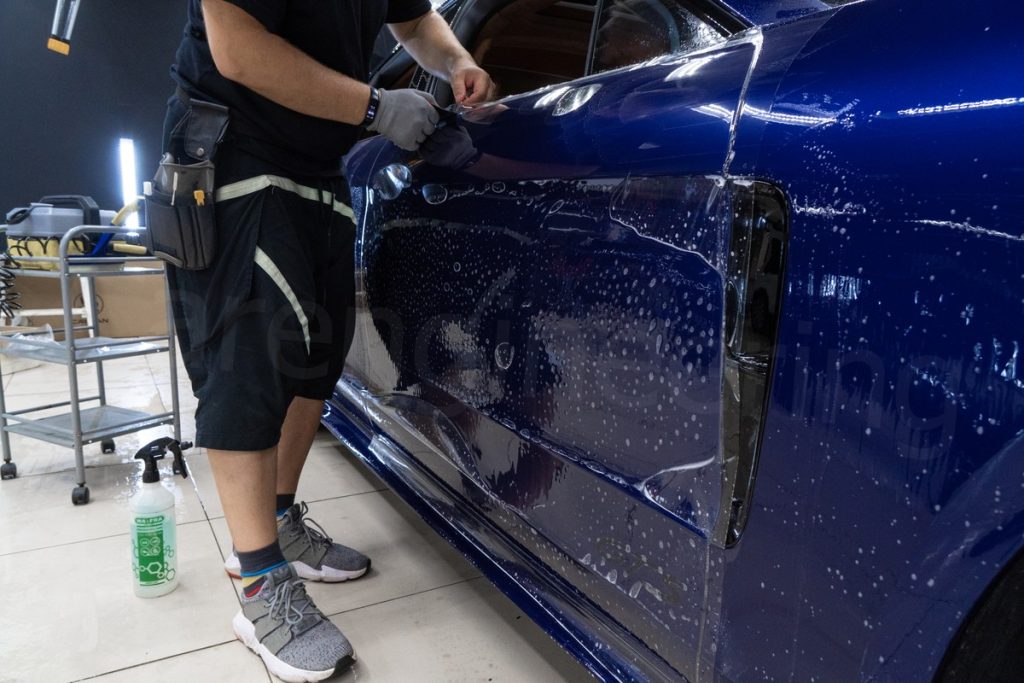
Frequently Asked Questions About Protective Film Wrapping:
- Is it necessary to remove parts during the wrapping process?It depends on the parts being wrapped and the vehicle’s design features. In some cases, removing certain parts is simply necessary. For example, if the car is being fully wrapped, bumpers, mirrors, door handles, and moldings are removed. The design of the BMW X7 also requires the removal of the rear door for proper film application. Naturally, if only the roof is being wrapped, no parts of the body need to be removed. We recently had a Lamborghini Huracan wrapped, where only the roof was protected. You can read more about it here.
- Is wrapping necessary everywhere?Yes, wrapping is essential. However, the size of the wrapping varies depending on the part. Some areas may require a 5 mm wrap, while others may only need 2 mm. But if this step is skipped, the risk of the film tearing increases significantly.
- How long does it take to wrap a Porsche Panamera?It depends on the task. Fully wrapping the car takes 7-8 days, including preparation and a day for drying. If only a few parts are being wrapped, 2-3 days are sufficient.
- When can I wash the car after wrapping?To avoid issues like peeling edges or damaged film after washing, it’s best to wait 7 days in the summer and 14 days in the winter before washing the car.
- Can the film be applied gradually?The choice to wrap fully or partially is up to the client. Of course, you can first protect high-risk areas (hood, headlights, bumper) and then move on to less vulnerable parts. You can even wrap just the headlights. It’s all up to the car owner.
- How should the film be maintained?When it comes to polyurethane film, maintenance is quite simple. Regular car washing is sufficient. If small scratches appear on the film, they will self-heal over time, and the coating will regain its original appearance. As for bird droppings and insect residue, it’s essential to be more vigilant. It’s best to remove such contaminants within 24 hours to avoid leaving stains on the film.
- How to choose the right polyurethane coating?It can be challenging for an untrained person to do this. If you’re unfamiliar with films, it’s best to leave the choice of coating to the technician, just as you should with the wrapping process. At CarEngineering, we take care of everything and source the coating ourselves if the client approves.
In addition to film wrapping, our studio offers door closer installation, OEM dash cameras, modern Android multimedia systems, interior soundproofing, and interior detailing services.
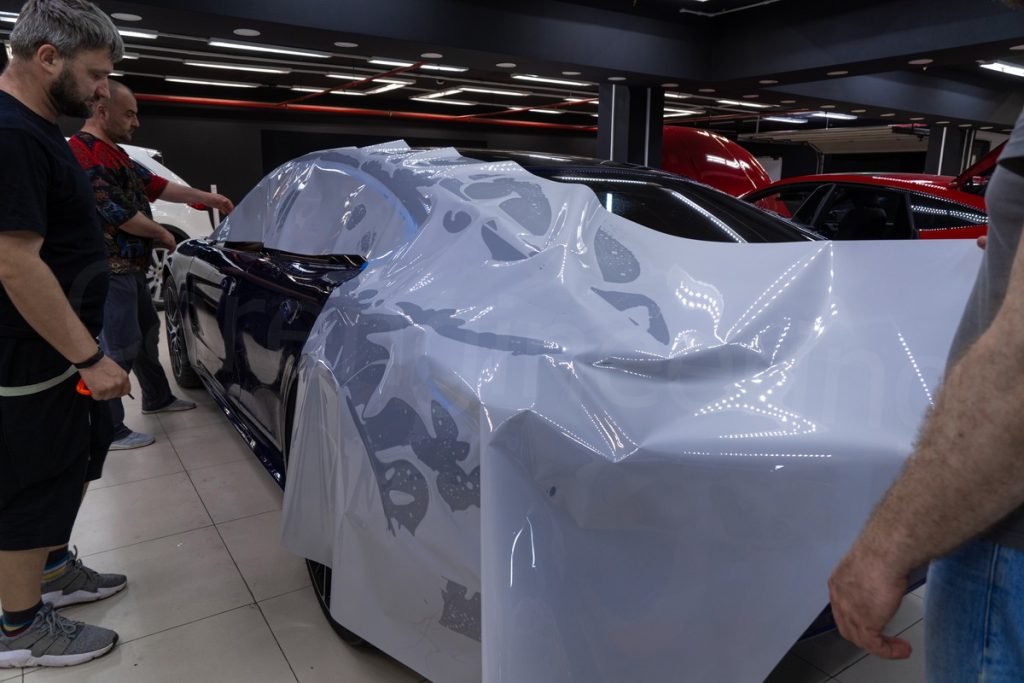
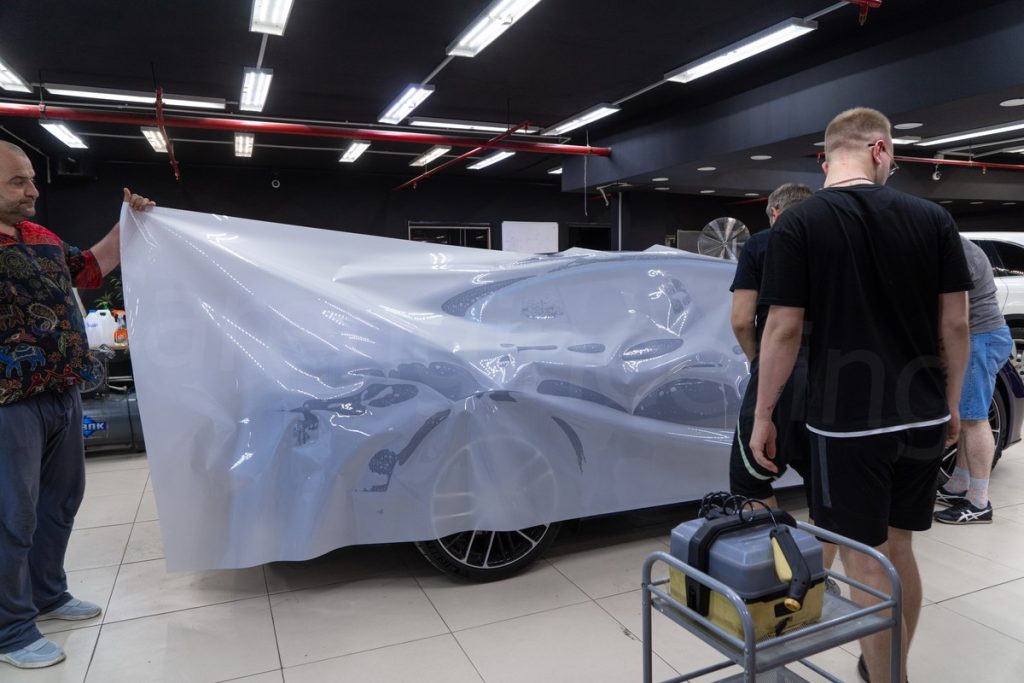
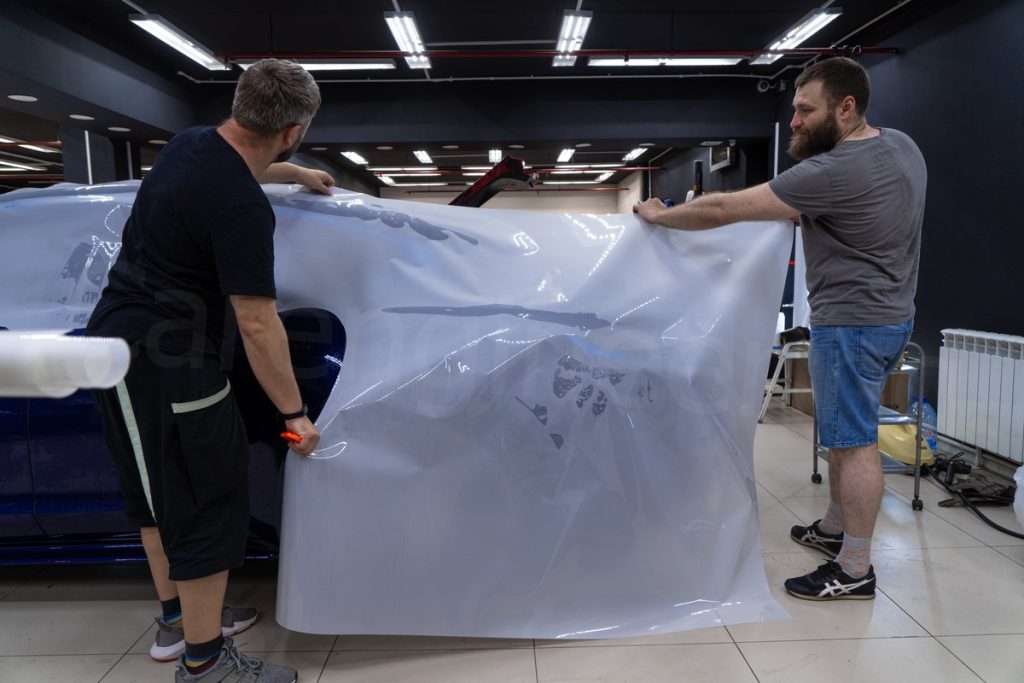
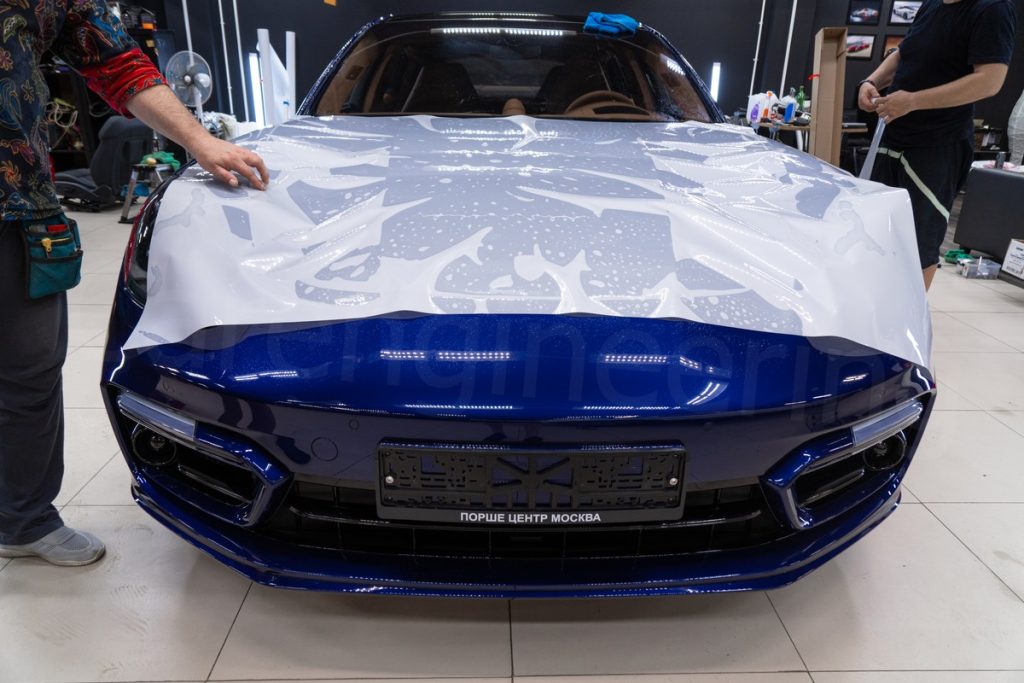
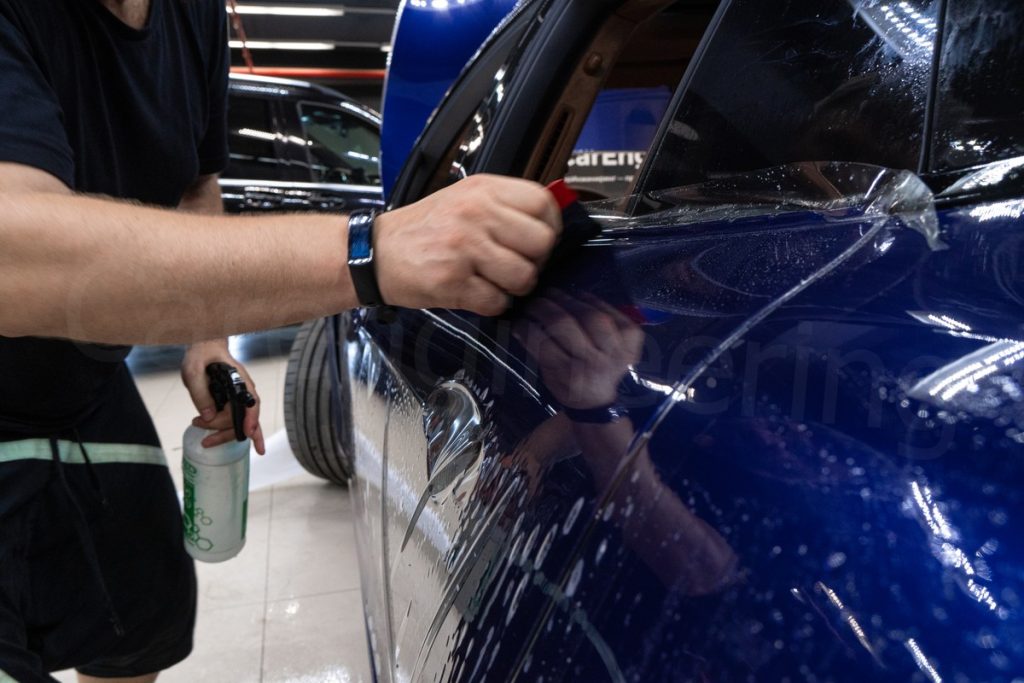

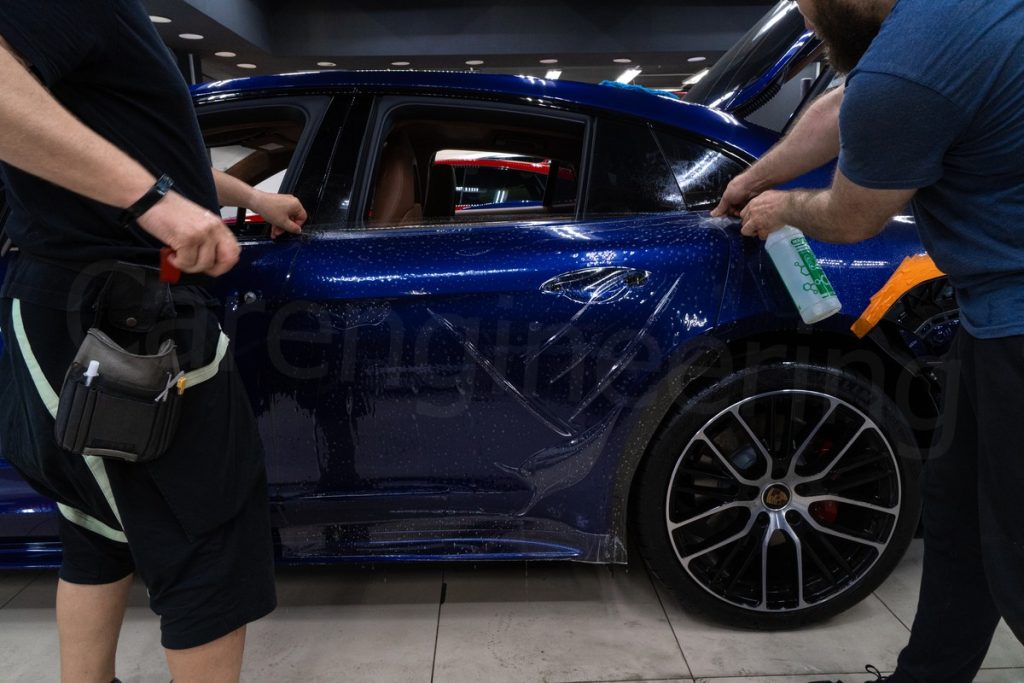
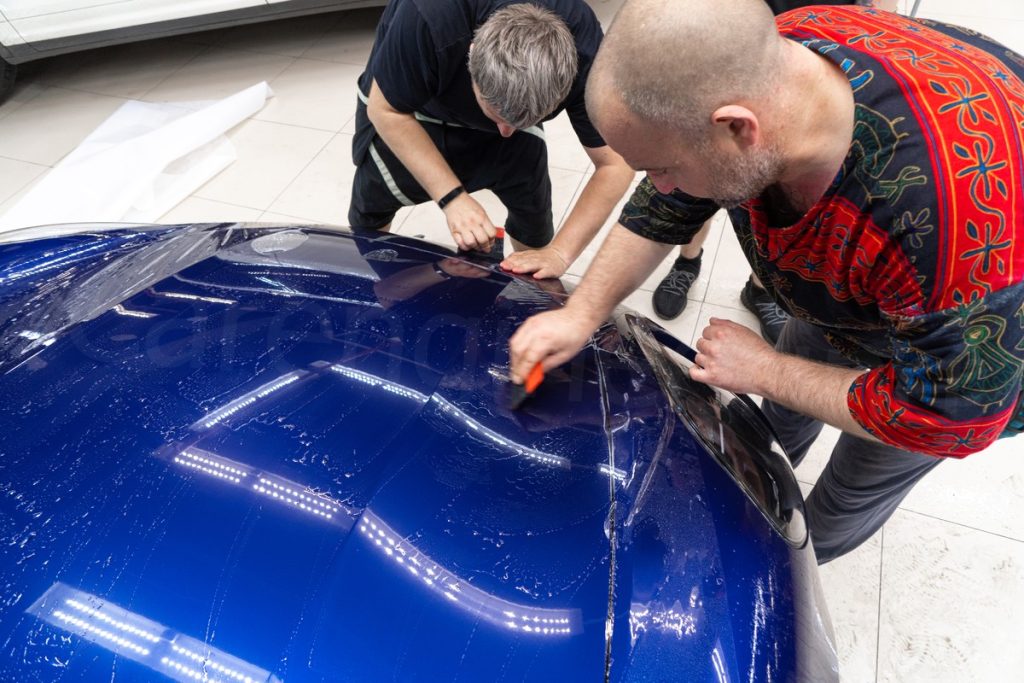
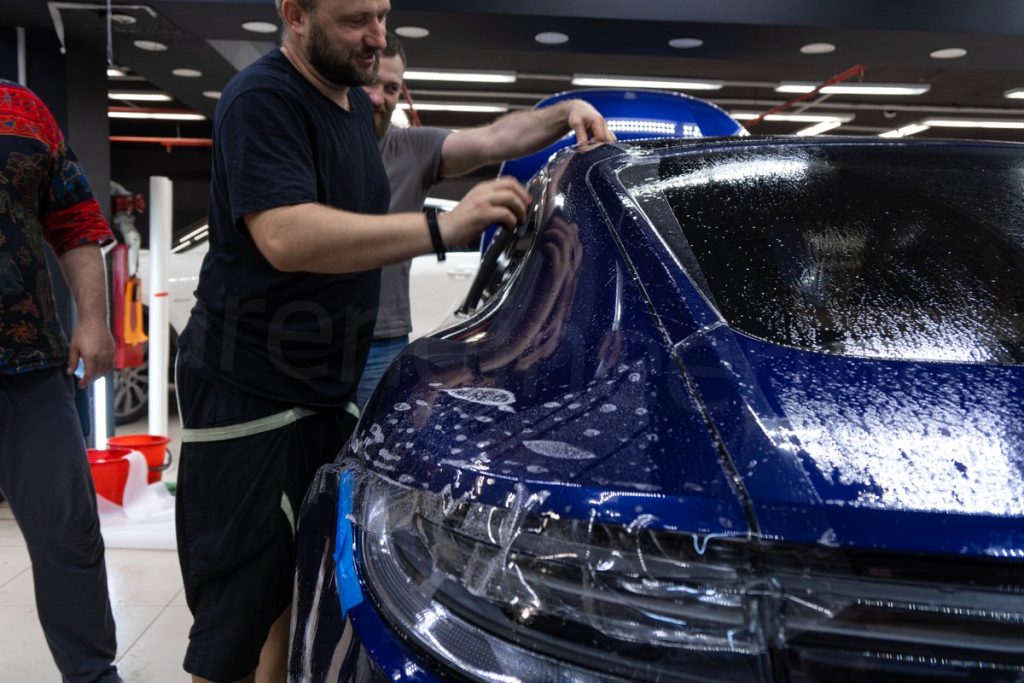
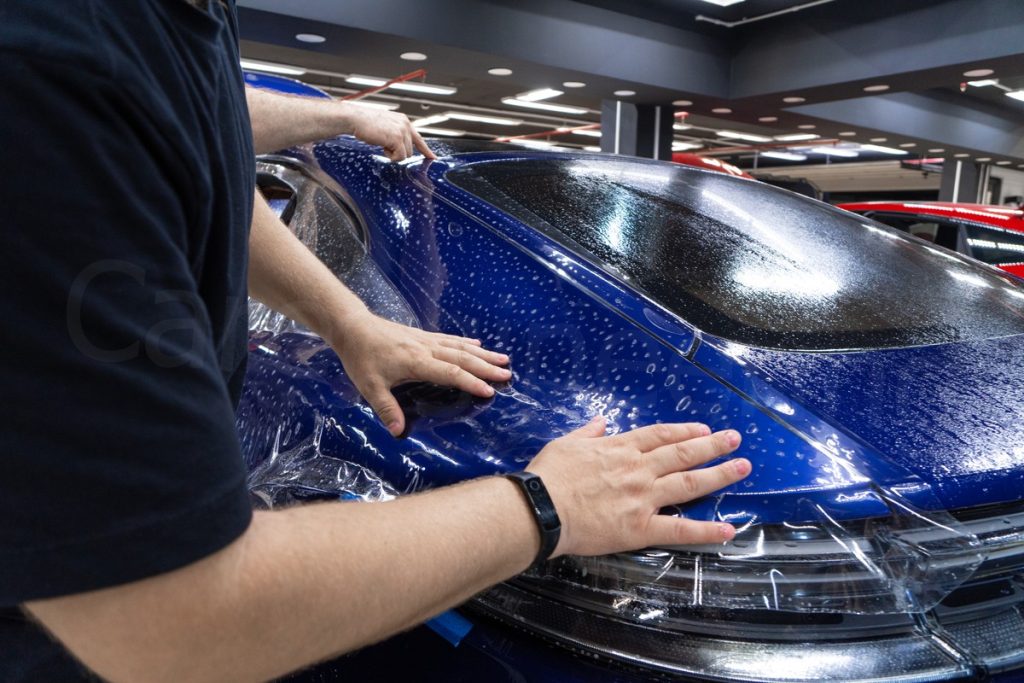
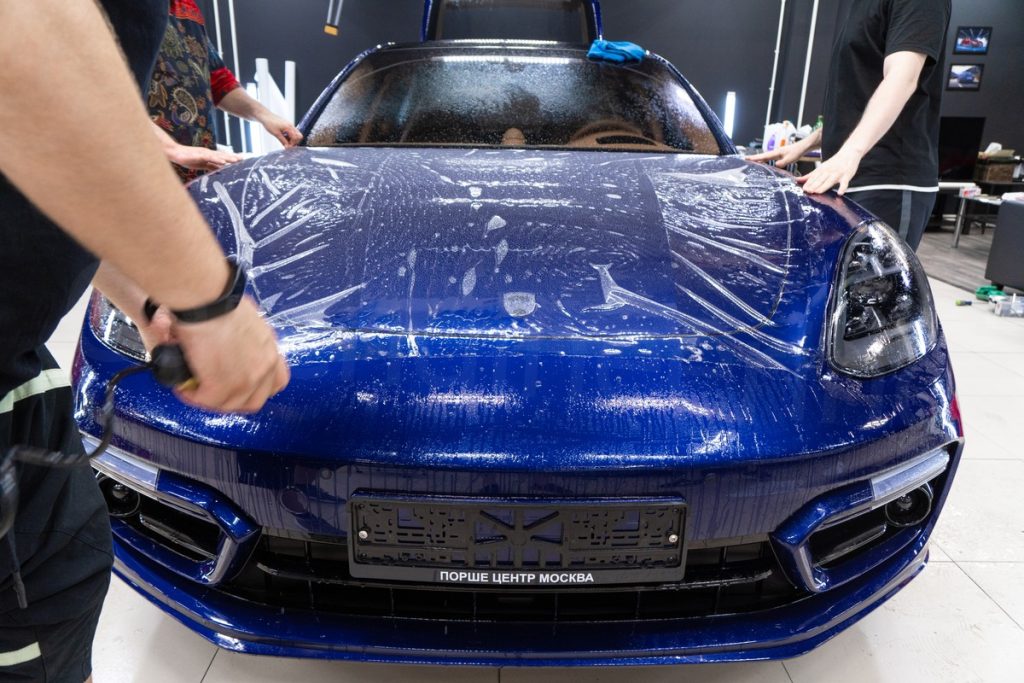
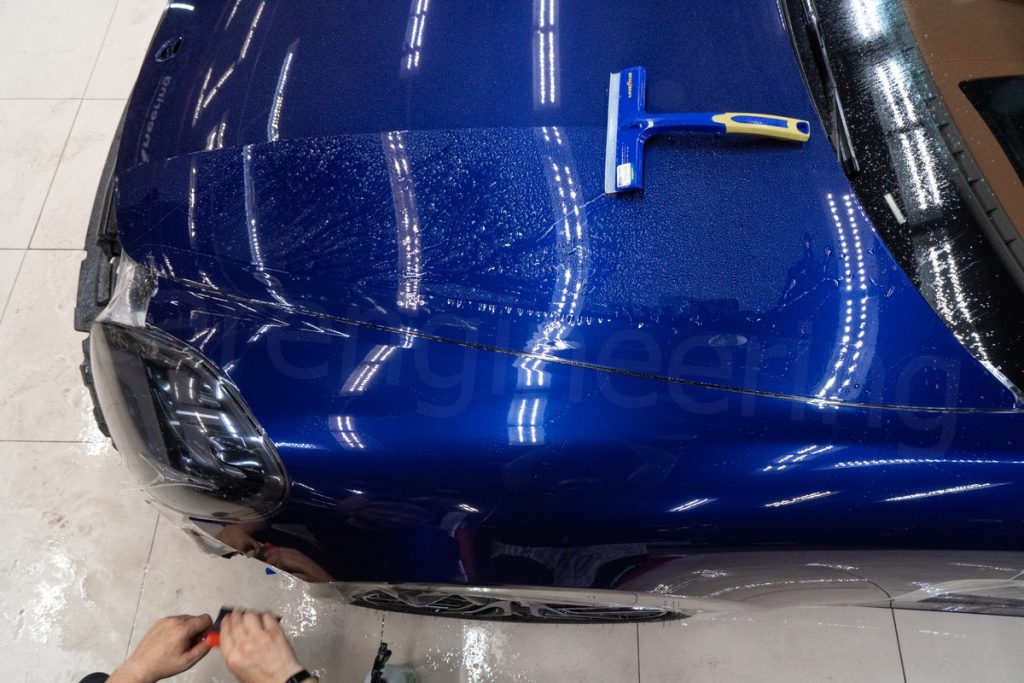



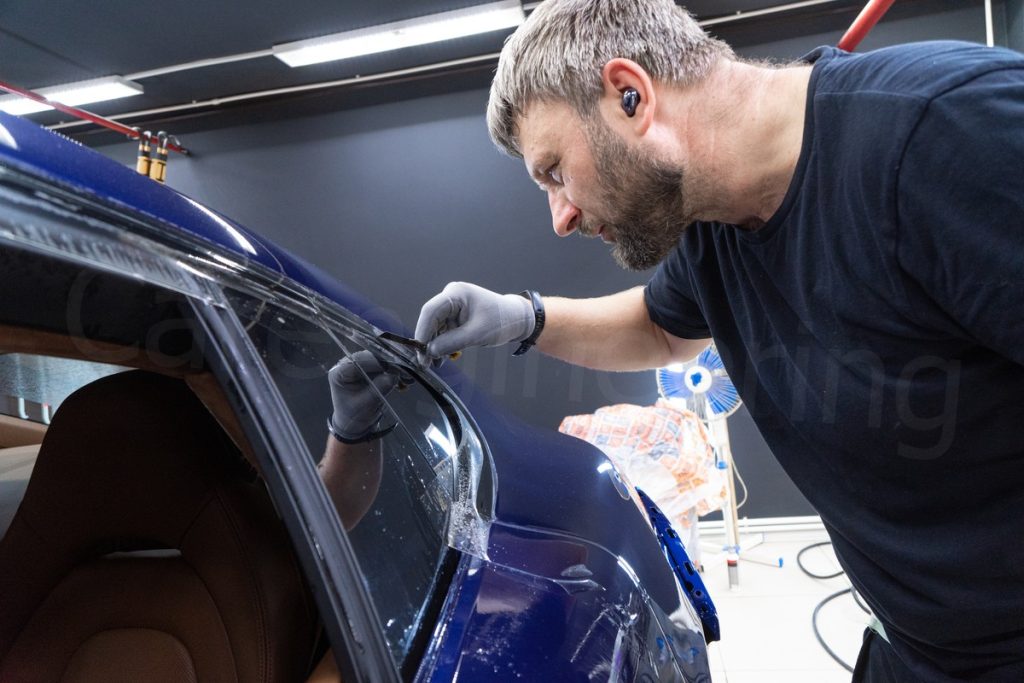


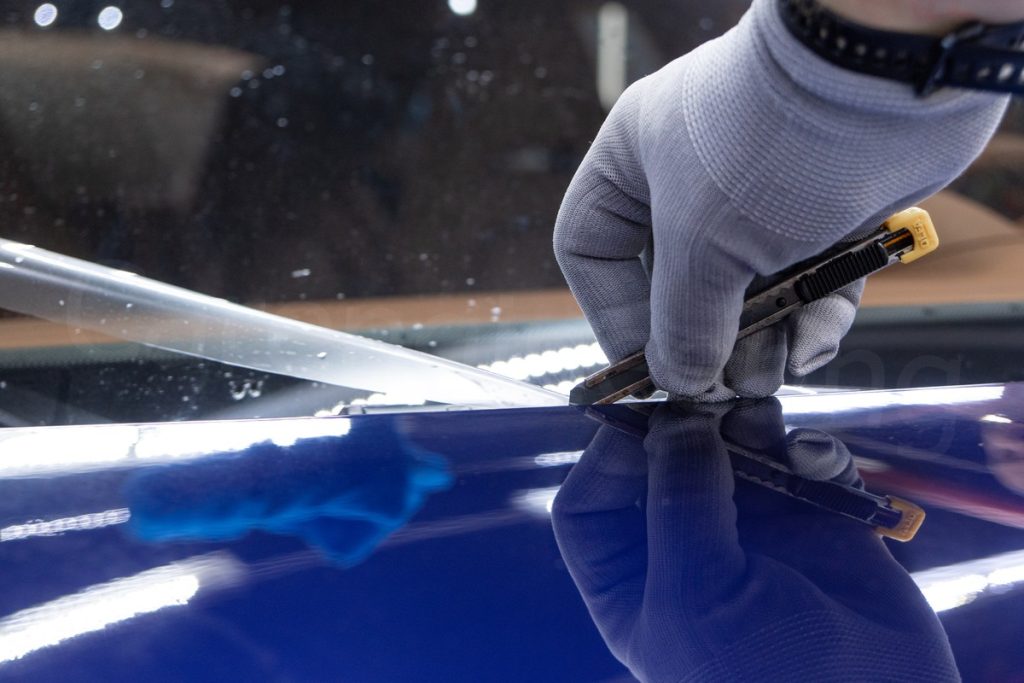
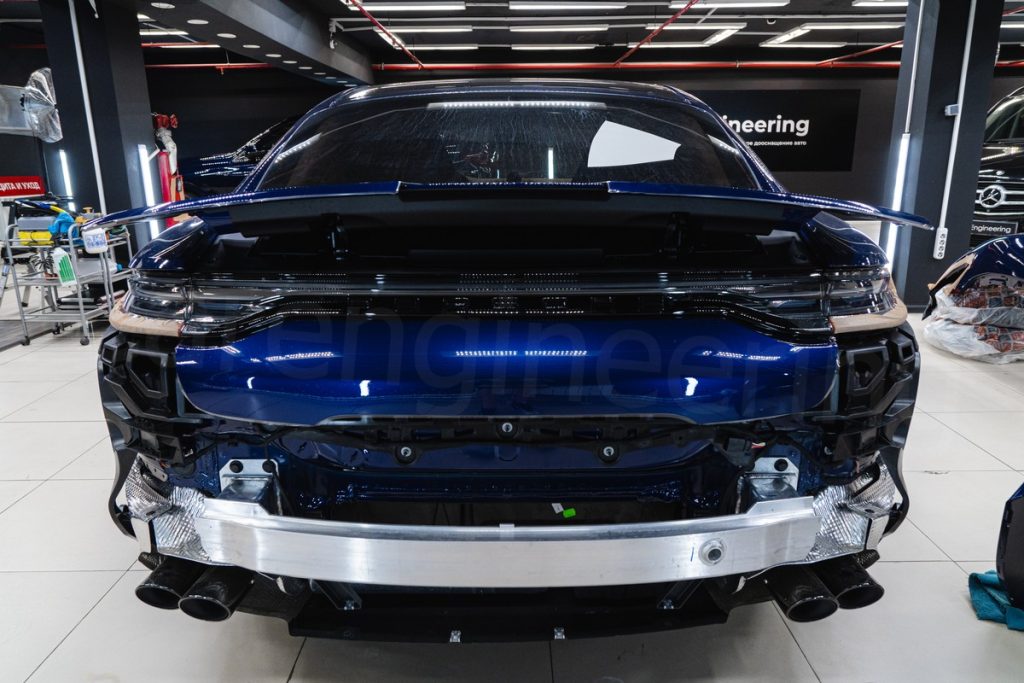
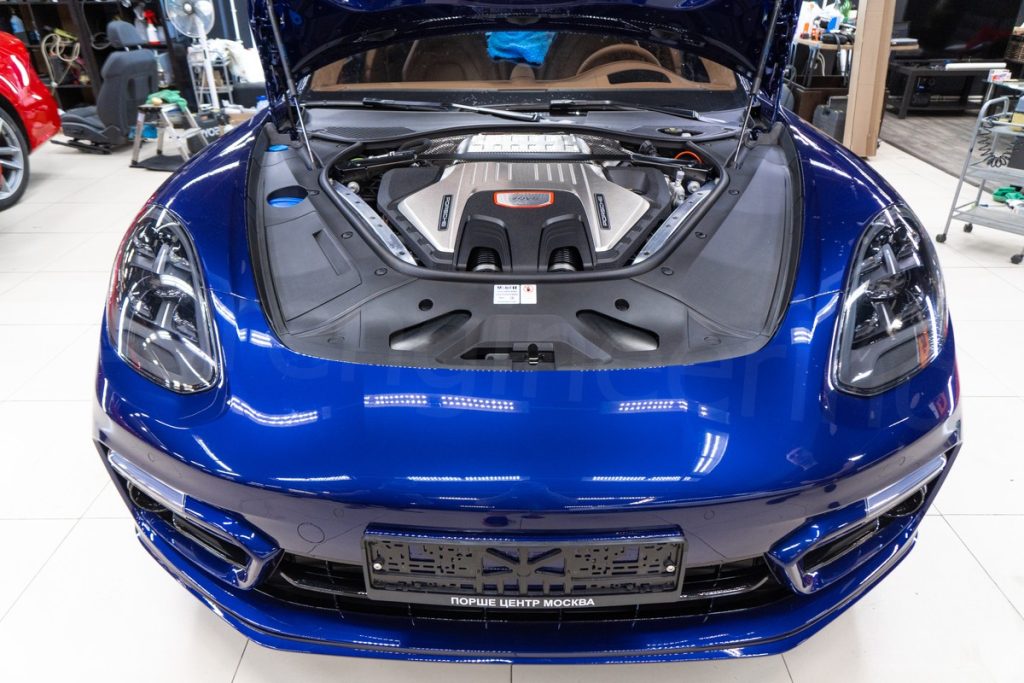
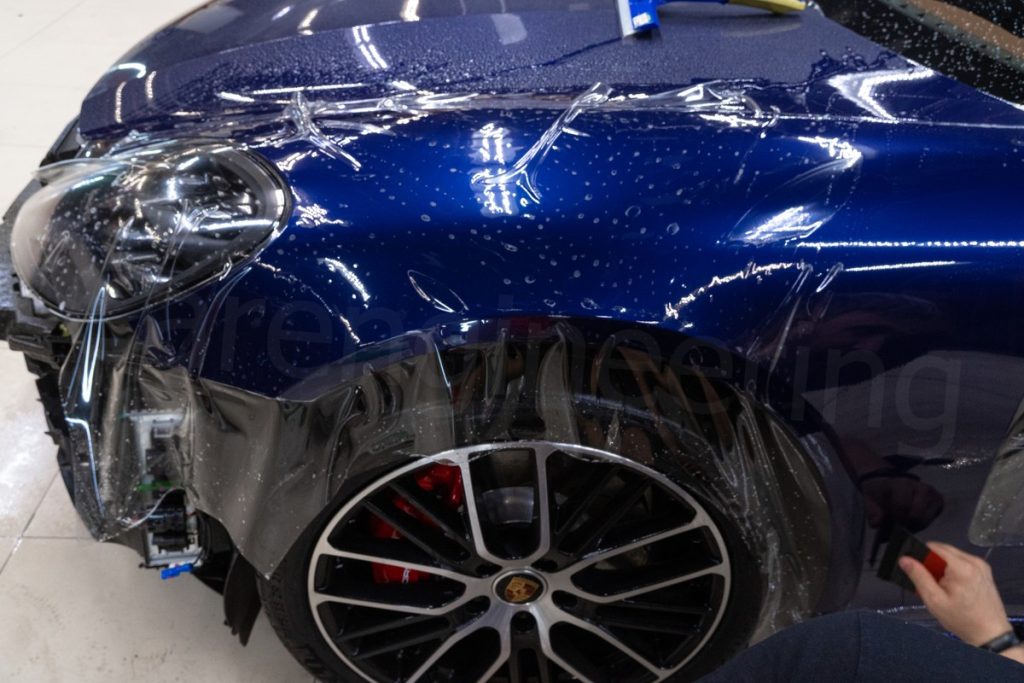
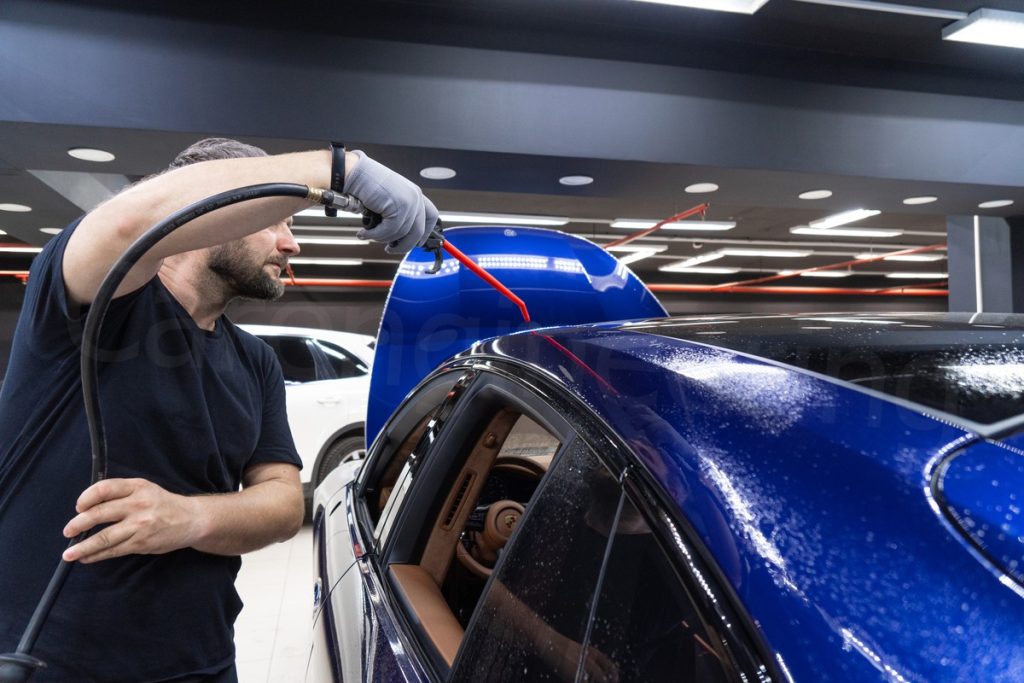
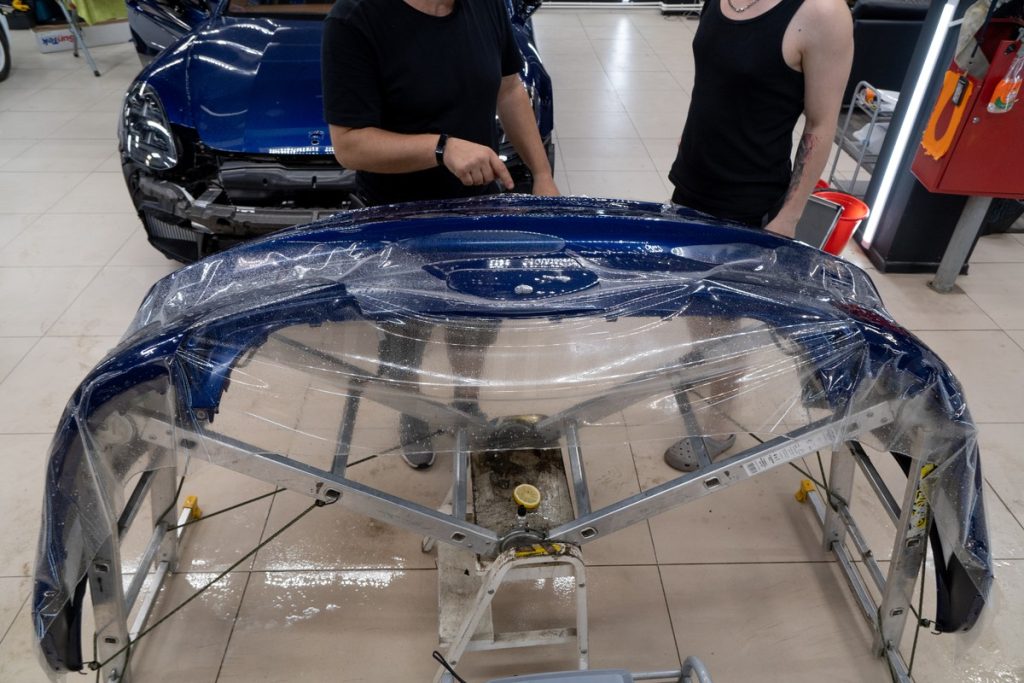
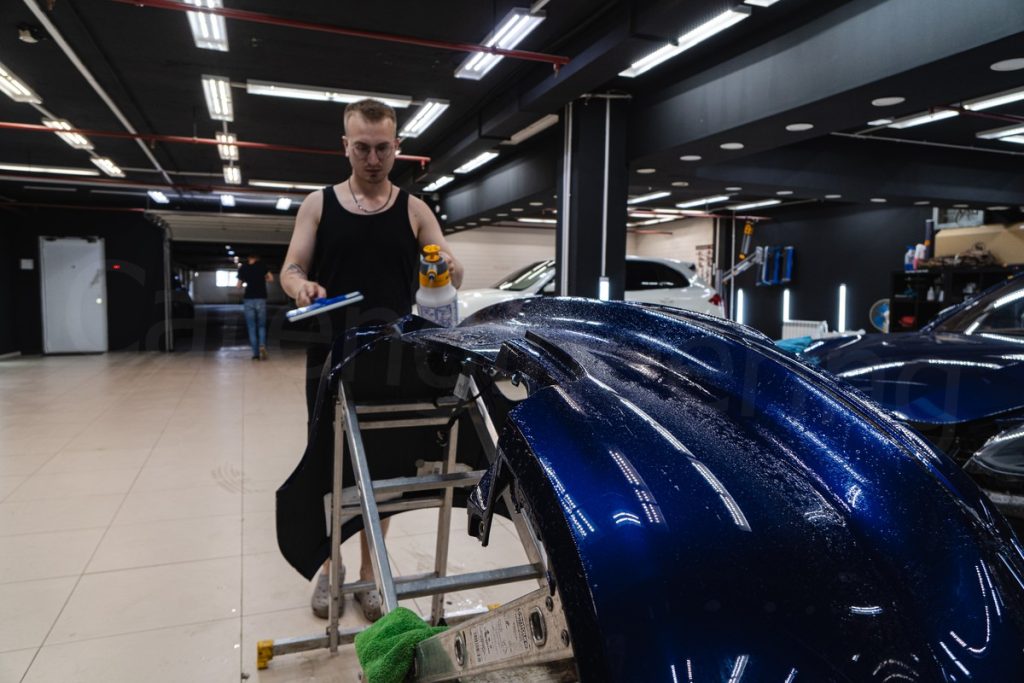
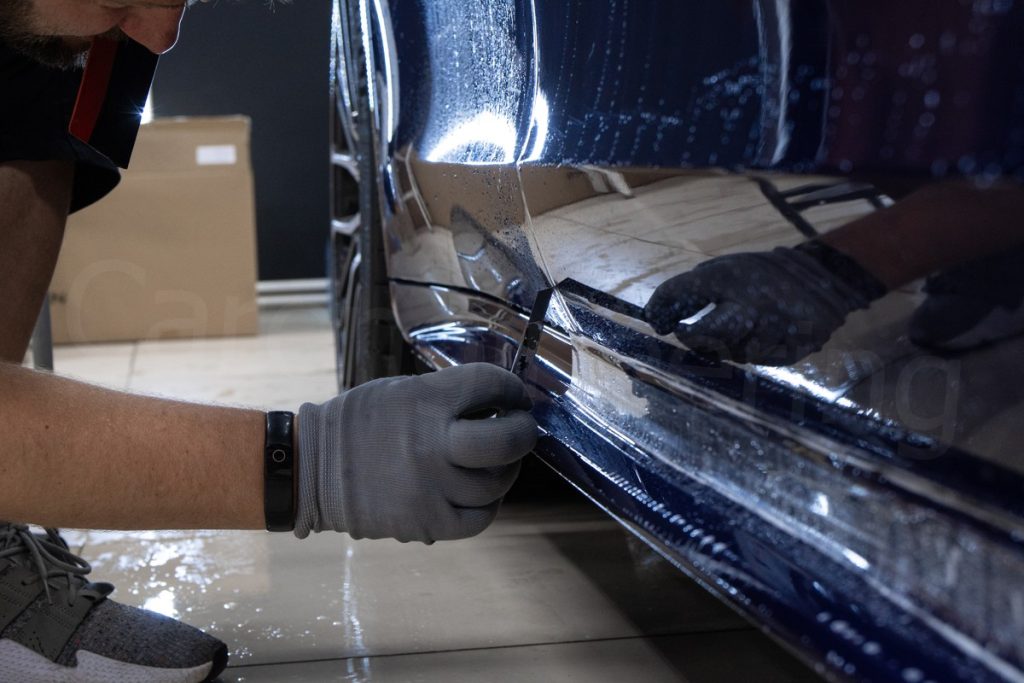


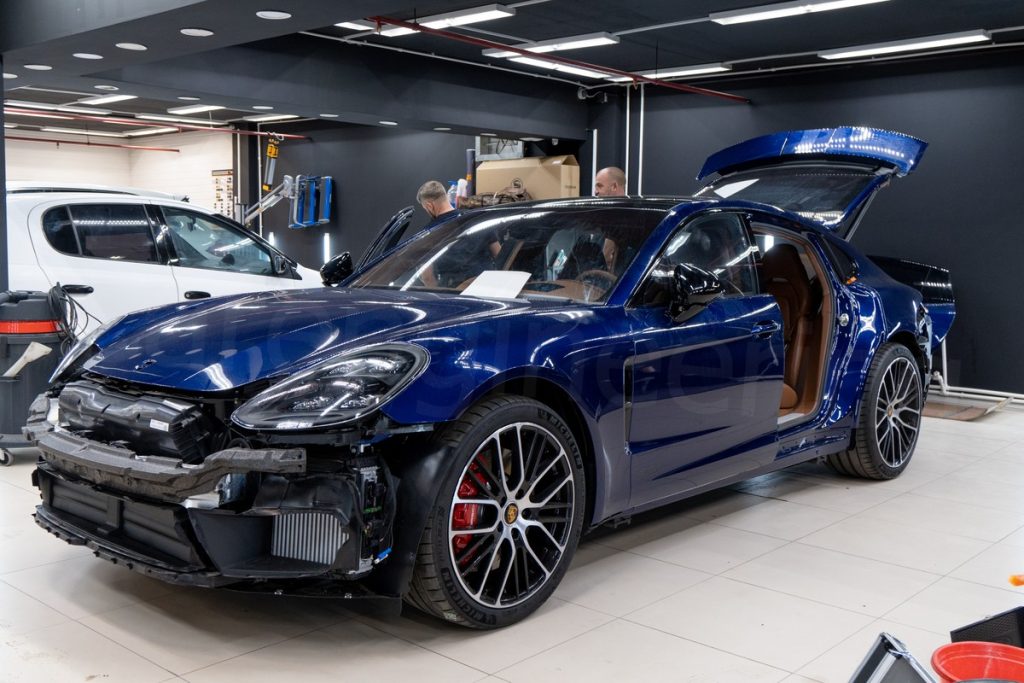
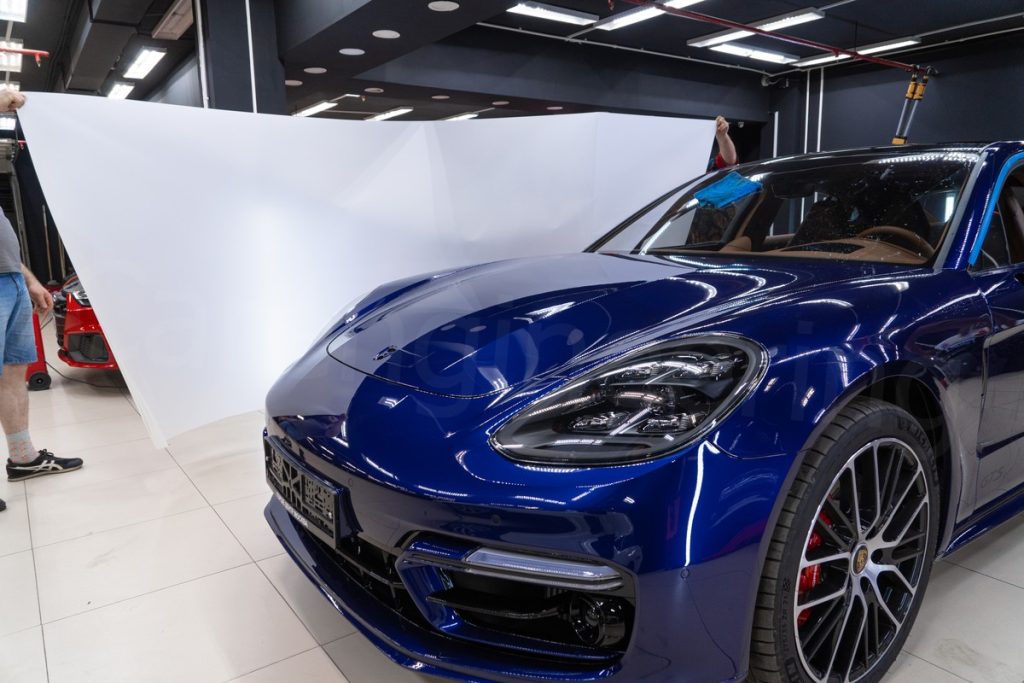

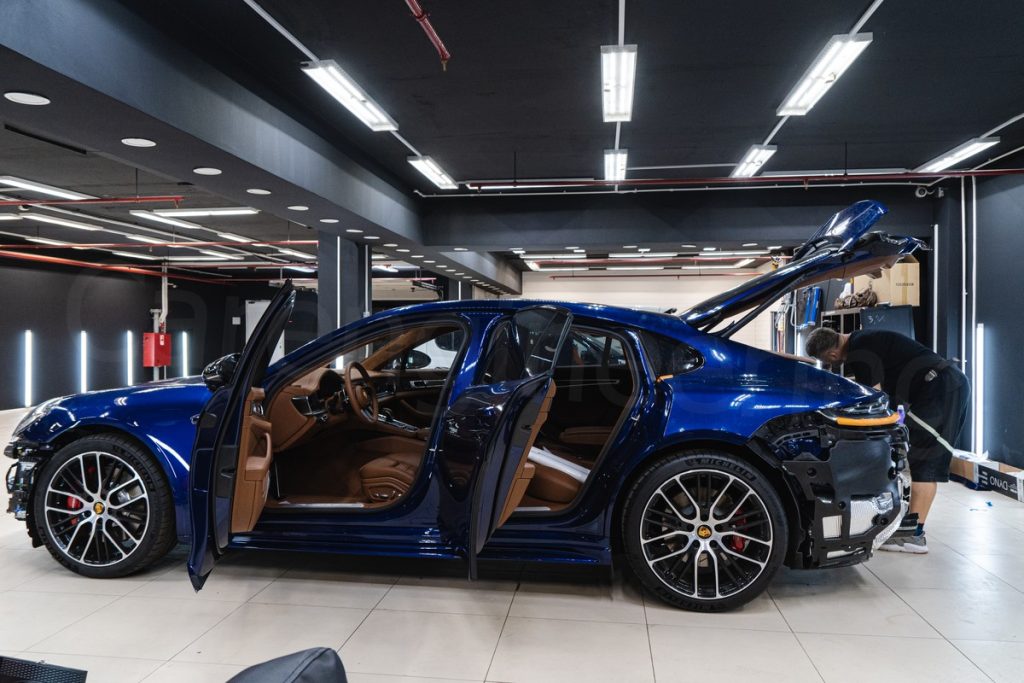
We will be glad to work with your car. Please contact us
☎️ 058 109 2340
📞 Whatsapp +971 58 109 2340
We are located in Dubai – link – Al Quoz 2
An interesting video, beautiful shots, and just a great job at the link below:

